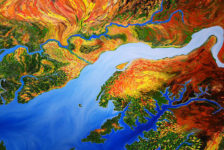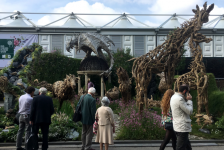Digital Drawing for Landscape Architecture: Contemporary Techniques and Tools for Digital Representation in Site Design second edition – Bradley Cantrell and Wes Michaels, published by John Wiley & Sons, 2005. Paperback, 317pgs. In today’s technological society computer programs and design seem to go hand in hand, but in a profession that once revered the art of hand drawing, or analog design, new technology can be hard to embrace, much less learn. Authors Bradley Cantrell and Wes Michaels, both working landscape architects, realize this and in Digital Drawing for Landscape Architects attempt to bring readers up to date with some of the latest and greatest computer-aided drafting software.
Digital Drawing for Landscape Architecture

Photo credit: Erin Tharp
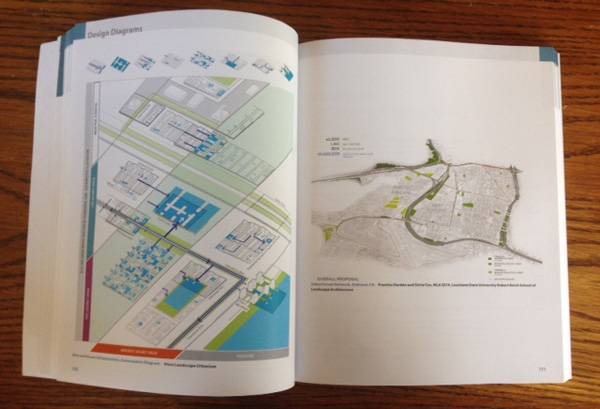
Photo credit: Erin Tharp
Digital Drawing for Landscape Architecture Focus
There are five parts to the book and in part one, Concepts, chapter two sets up the premise of the book through an excellent comparison of analog and digital rendering. Chapter three goes on to give a basic overview of digital concepts, which might make it the most informative chapter in the book as it goes through and explains and defines the basic concepts that are associated with almost every digital program, which are helpful to even the most seasoned designer. After discussing workflows in part two, which includes base imagery and scaling in chapter six, the book moves into the more intricate, and sometimes, mundane details of a design, including managing large files and even printing issues.
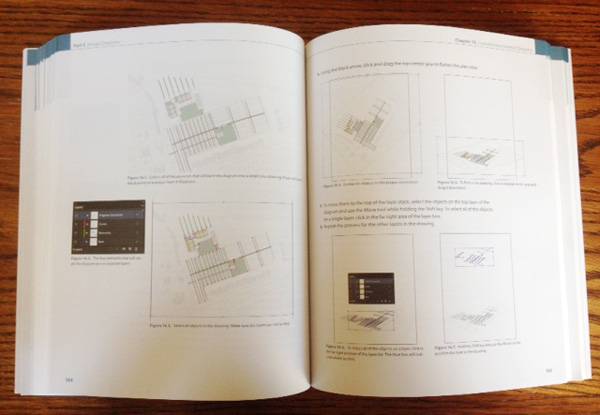
Photo credit: Erin Tharp
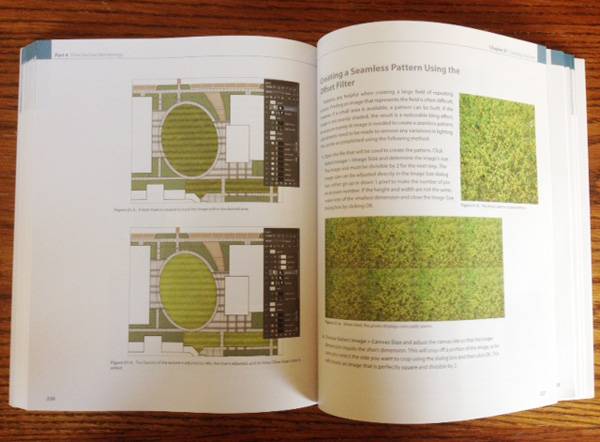
Photo credit: Erin Tharp
- Drawing for Landscape Architecture
- Detail in Contemporary Landscape Architecture
- Visual Communications For Landscape Architecture
At slightly over 300 pages, this is the second edition of this ASLA award-winning book and it includes over 50 new examples with updated graphics to highlight the newest applications. When it was first published in 2012, the book was awarded an ASLA Award of Excellence based on its ability to “provide context for how we use digital media as designers and landscape architects,” so check it out and start the process of becoming an expert in digital rendering.
Pick up your copy of Digital Drawing for Landscape Architecture
Review by Erin Tharp Return to Homepage
Published in Blog





